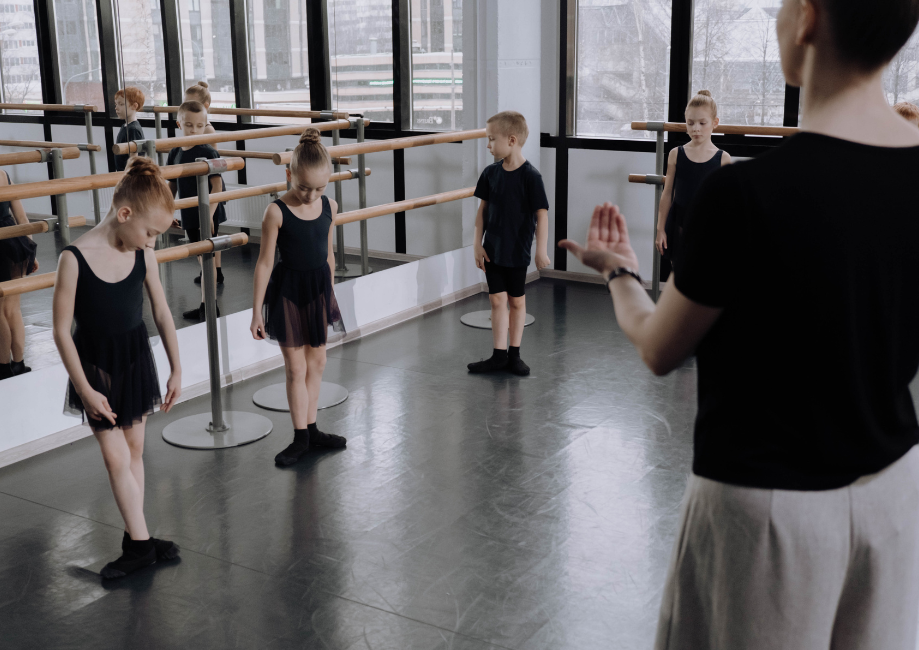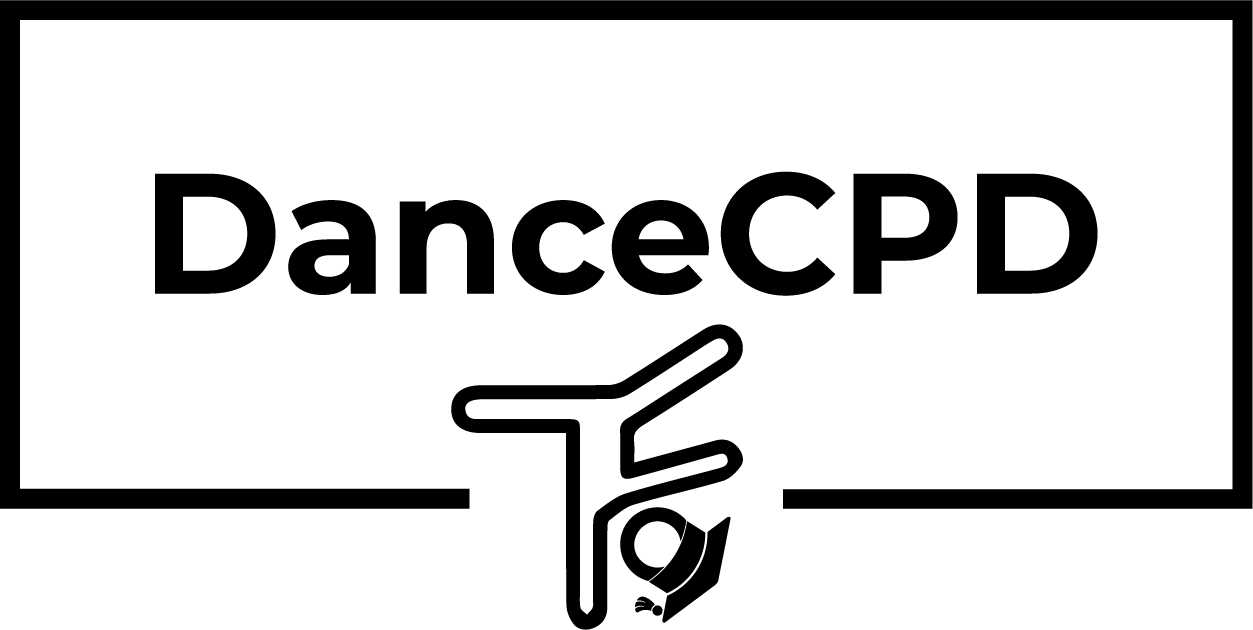The Pros and Cons of Behaviourism in Your Dance Classes

Picture this – you are in a dance class, a teacher stands at the front and shows you the first count of 8. You copy, you do it again, you try it with the music. You carry on like this until you have a whole combination. Then you hear…
“Once more from the top!”
In dance we repeat and correct things A LOT. We repeat, correct, refine… then repeat again. Drills, exercises, combinations – we rely on repetition and corrections to build technique and discipline.
Have you ever stopped to wonder why this works? The answer lies in a collection of teaching theories called behaviourism.
What is Behaviourism?
Behaviourist theories emerged in the late nineteenth century alongside the beginnings of psychology. These theories are all about stimulus and response. A behaviour happens… it’s followed by a consequence (positive or negative)… and that shapes whether the behaviour happens again.
In teaching, this often shows up as:
- Rewards and praise for getting it right
- Corrections or consequences for getting it wrong
- Lots and lots (and lots) of repetition
Behaviourism is often associated with ‘traditional’ teaching – where the teacher makes all the decisions, gives all the directions, and the students are passive learning-buckets waiting to be filled.
Does Behaviourism work in Dance?
Behaviourism shows up in dance training all the time. It’s the ‘stand-at-the-front-and -teach’ that we are all so familiar with, with corrections and praise dished out to shape our technique.
Traditional dance training is often highly behaviourist – and for good reason:
- Repetition helps build muscle memory
- Clear expectations support discipline and focus
- Consistent correction refines technique
- External feedback (like praise or critique) motivates students to try again
The Downsides of Behaviourism
While behaviourism can be powerful, it has some downsides – especially when it’s the only approach used.
Fear of failure and perfectionism can creep in, especially if corrections always feel negative. We want to build our dancers’ self-confidence rather than create anxious dancers. When we use behaviourist methods and give corrections, it’s important to think carefully about the language we use. For example, rather than “that was wrong” try “well done – now add this”.
This is linked to building internal motivation – meaning the dancer wants to improve for themselves, rather than to receive approval from the teacher. This approval-seeking is a symptom of being externally-motivated only, which can be a side-effect of behaviourist teaching methods and doesn’t build long-term resilience and self-motivation in your students.
Over-reliance on a ‘show-do-repeat’ style of teaching can stifle creativity. It doesn’t give your dancers space to explore and learn, and it can create a ‘command-and-control’ type of learning environment in your dance class, which won’t help your dancers work on things like improvisation or choreography.
While repetition and correction have their place in your dance classes, they need to be balanced with encouragement on progress not perfection, and opportunities for students to think for themselves and explore their creativity.
When and How to Use Behaviourism Well
Behaviourist tools are incredibly useful – when used intentionally.
- Use repetition for refining specific technical skills (but give students a why)
- Offer praise for effort, not just outcome (“I love how you kept trying – that’s how we improve!”)
- Pair corrections with encouragement (“That plié was better – now let’s try it with even more control”)
- Use routines to create safety and structure, especially for younger dancers
- Be mindful of tone – gentle, constructive feedback goes further than barking orders
Think of behaviourism as just one tool in your teacher toolkit – best used in small, purposeful doses.
Time to reflect
Ask yourself this: Do your rewards and corrections encourage effort – or just results?
Take a moment to think about how you give feedback in class. Are you reinforcing progress, or only perfection?
Quick Win
Pick one moment in your next class to give praise for the process, not just the result.
For example:
- “I can see how much focus you gave that – well done!”
- “You kept trying even when it was tricky. That’s what dancers do.”
Notice how your students respond.
What’s Next?
Next week, we’ll dive into constructivism – a learning theory that focuses on discovery, creativity, and student-led learning. A perfect partner to this week’s post!
In the meantime, if you want to chat with other dance teachers who care about pedagogy and purposeful teaching, come join the Facebook group: Dance Teachers: Raising the Barre
Let’s teach with intention – not just repetition.
Keep up to date with what’s going on and further news:
